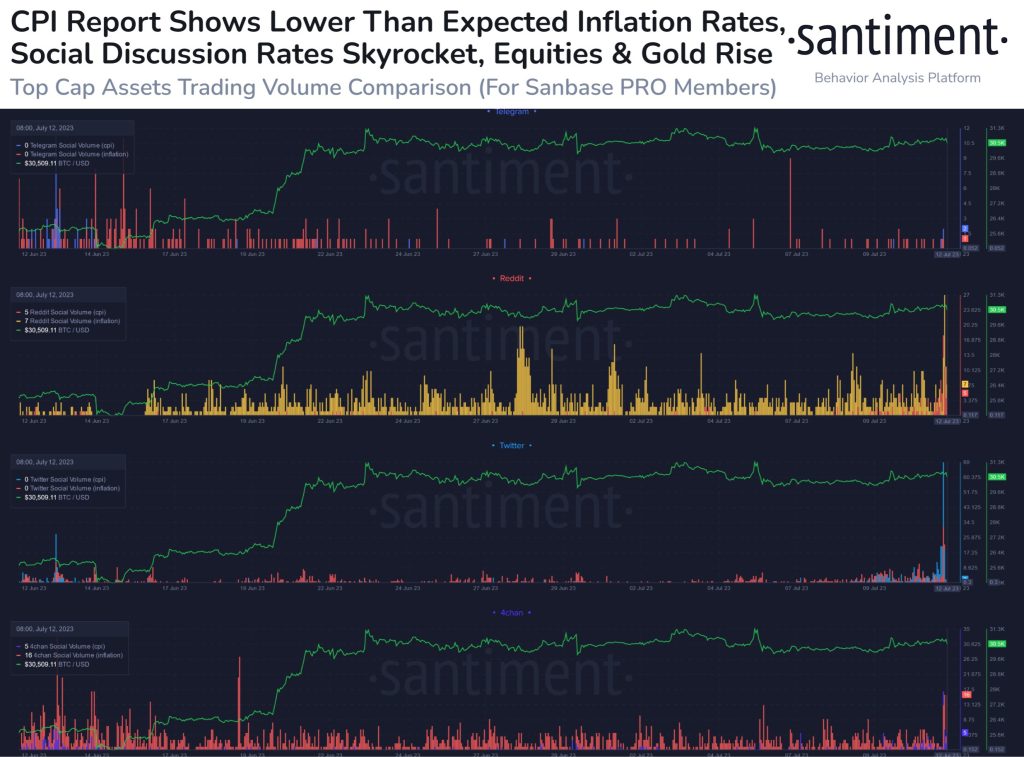2019-2-15 07:57 |
The Bank of Canada has recently released a report related to Bitcoin and other virtual currencies. The report makes some observations regarding the cryptocurrency space, how it evolved and the future of Bitcoin (BTC). At the same time, they also address the role virtual currencies play and how they affect central banks and the general economy.
New research by Senior Deputy Governor Carolyn Wilkins and Senior Research Director James Chapman tackles some of the many unanswered questions related to #cryptoassets and central bank #digital currencies: https://t.co/WDuF4bBnrs
— Bank of Canada (@bankofcanada) February 8, 2019
There are five observations that the report makes about virtual currencies:
Cryptocurrency classification Crypto trading volume against trading volume of U.S. municipal bonds and U.S. corporate bonds Bitcoin’s market share over time Entry and exit of crypto-assets trading on exchanges Bitcoin and other cryptocurrencies used as a means of paymentOne of the main topics discussed around the world by regulators and governmental agencies is how to classify virtual currencies. This is not an easy topic and there is no standard regarding how to classify them.
According to this report, there are three types of currencies in the market. The first one is related to coins that were created to work as currencies. Some of these digital assets are Bitcoin (BTC), Litecoin (LTC) or Monero (XMR).
Security tokens is the second classification given to virtual currencies. These allow investors to have part of the firm that issued the coin. There are several companies that launched these kinds of coins to the market.
The third classification makes reference to utility tokens. Several Initial Coin Offerings (ICOs) released tokens to the market that can be used to consume goods and services in a specific platform or industry.
Clearly, this is just a proposed typology for virtual currencies. There are many coins that can be between these categories and change over time. Some coins were created as a fundraising tool but they became later a means of payment or just a utility token.
The second point mentioned in the report is related to the trading volume in the cryptocurrency market. In 2017 and the beginning of 2018, the cryptocurrency market received investments from many investors from all over the world. This helped exchanges register larger trading volumes.
According to the report, virtual currencies do not pose immediate risks to financial stability, but they should be monitored. They show that virtual currencies have the same trading volume as U.S. municipal bonds or the Canadian dollar.
In terms of trading volume, Bitcoin and other virtual currencies rivaled U.S. corporate bonds trading volume.
The third topic addressed by the report takes into account Bitcoin’s market share in the crypto market. During the last few years, the cryptocurrency market has been expanding at very fast rates. That means that there were several new projects released to the market and coins competing against Bitcoin. This is why the most popular digital asset in the market has lost part of the market share that it had.
In 2017, Bitcoin’s market share dropped close to 30% after a rapid price increase in other altcoins, including Ethereum (ETH) and XRP. At the time of writing this article, Bitcoin’s dominance is 52.8%.
The fourth point is related to the entry and exit of virtual currencies to the crypto market. According to the report released by the Bank of Canada, new digital assets were launched to the market between 2015 and 2017. However, not all of them were able to keep operating in the market.
Most of these coins were launched through ICOs when the crypto market was reaching its peak between 2017 and 2018. Nevertheless, due to the fact that space has been affected by a bear trend in 2018, most of these coins are now dead or their projects are not being updated. In many cases, exchanges didn’t have enough volume and the coin was removed from the platform.
The report reads as follows:
“The introduction of cryptocurrencies such as Ethereum, Litecoin, Monero and EOS among many others show that at least some of the entry of new coins and tokens represent a kind of creative destruction with new coins and tokens improving on older coins and tokens.”
Finally, the last topic discussed by the Bank of Canada is related to Bitcoin and other digital assets used as a means of payment. According to the report, there is one main problem for digital assets to be used as a means of payment: volatility. This situation makes virtual currencies very poor means of payment.
Bitcoin and its volatility impose a short-term risk to users that pay with this digital asset. In most of the cases, Bitcoin is not the unit of account, thus making it riskier.
Bitcoin (BTC), Ethereum (ETH), XRP (Ripple), and BCH Price Analysis Watch (Feb 14th)
origin »Bitcoin (BTC) на Currencies.ru
|
|




















